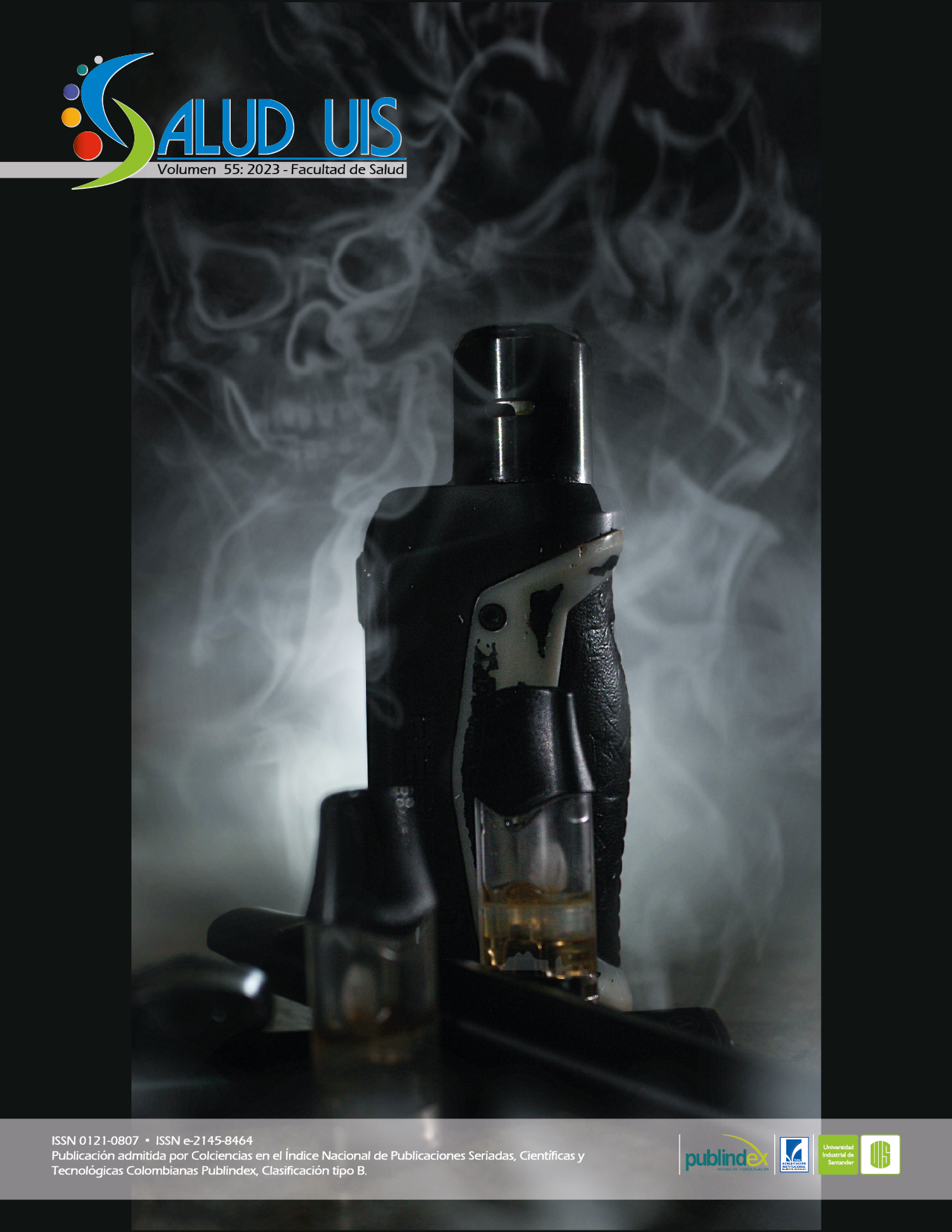Resumo
Introdução: o câncer escamocelular da cavidade oral é uma patologia com
baixas taxas de sobrevivência. Quando não é tratada adequadamente é um
tumor de alta recorrência e resistente ao tratamento. Novas hipóteses propõem
que as células tumorais progenitoras pelas suas propriedades de
auto-renovação, iniciação tumoral, migração e metástases podem ser
responsáveis pela manutenção e renovação deste tumor. No entanto, ainda não
existe um consenso sobre a verdadeira participação das mesmas, porque a sua
identificação e caracterização é ainda um desafio experimental. Objetivo: Este
trabalho busca identificar células com expressão de marcadores de células
tumorais progenitoras em amostras de câncer escamocelular de cavidade oral e
relacioná-las com os estádios de diferenciação do tumor. Metodologia: nesta
investigação, foram escolhidas 32 amostras de pacientes com carcinoma
escamocelular da cavidade oral. Foram detectados no local, através da técnica
de imunofluorescência, quatro marcadores reconhecidos de células tumorais
progenitoras. Resultados: foram identificados os marcadores OCT 4, SSEA 4,
NANOG e TRA-1-60 nos diferentes estádios de diferenciação tumoral, o que
sugere a participação das células progenitoras tumorais na evolução desta
patologia. Conclusões: o estabelecimento e correta identificação das células
tumorais progenitoras abre novas vias terapêuticas para a abordagem deste
tumor, em busca de melhorar o prognóstico, taxa de sobrevivência e qualidade
de vida do paciente.
Referências
Warnakulasuriya S. Global epidemiology of oral and oropharyngeal cancer. Oral Oncol [Internet]. 2009; 45(4-5): 309-316. doi: https://doi.org/10.1016/j.oraloncology.2008.06.002
Noble AR, Greskovich JF, Han J, Reddy CA, Nwizu TI, Khan MF, et al. Risk factors associated with disease recurrence in patients with stage III/IV squamous cell carcinoma of the oral cavity treated with surgery and postoperative radiotherapy. Anticancer Res. 2016; 36(2): 785-792.
Liao CT, Lin CY, Fan KH, Wang HM, Ng SH, Lee LY, et al. Identification of a high-risk group among patients with oral cavity squamous cell carcinoma and pT1-2N0 disease. Int J Radiat Oncol Biol Phys [Internet]. 2012; 82(1): 284-290. doi: https://doi.org/10.1016/j.ijrobp.2010.09.036
Kalyankrishna S, Grandis JR. Epidermal growth factor receptor biology in head and neck cancer. J Clin Oncol [Internet]. 2006; 24(17): 2666-2672. doi: https://doi.org/10.1200/jco.2005.04.8306
Huang CG, Lee LA, Liao CT, Yen TC, Yang SL, Liu YC, et al. Molecular and serologic markers of HPV 16 infection are associated with local recurrence in patients with oral cavity squamous cell carcinoma. Oncotarget [Internet]. 2017; 8(21): 34820-34835. doi: https://doi.org/10.18632/oncotarget.16747
infection are associated with local recurrence in patients with oral cavity squamous cell carcinoma. Oncotarget [Internet]. 2017; 8(21): 34820-34835. doi: https://doi.org/10.18632/oncotarget.16747
Lewis JS Jr, Smith MH, Wang X, Tong F, Mehrad M, Lang-Kuhs KA. Human papillomavirus-associated oral cavity squamous cell carcinoma: An entity with distinct morphologic and clinical features. Head Neck Pathol [Internet]. 2022. doi: https://doi.org/10.1007/s12105-022-01467-0
Nauta IH, Heideman DAM, Brink A, van der Steen B, Bloemena E, Koljenović S, et al. The unveiled reality of human papillomavirus as risk factor for oral cavity squamous cell carcinoma. Int J Cancer [Internet]. 2021; 149(2): 420-430. doi: https://doi.org/10.1002/ijc.33514
Simple M, Suresh A, Das D, Kuriakose MA. Cancer stem cells and field cancerization of oral squamous cell carcinoma. Oral Oncol [Internet]. 2015; 51(7): 643-651. doi: https://doi.org/10.1016/j.oraloncology.2015.04.006
Bhutia SK, Naik PP, Praharaj PP, Panigrahi DP, Bhol CS, Mahapatra KK, et al. Identification and characterization of stem cells in oral cancer. Methods Mol Biol. [Internet]. 2019; 2002: 129-139. doi: https://doi.org/10.1007/7651_2018_184
Shin KH, Kim RH. An updated review of oral cancer stem cells and their stemness regulation. Crit Rev Oncog [Internet]. 2018; 23(3-4): 189-200. doi: https://doi.org/10.1615%2FCritRevOncog.2018027501
Patel SS, Shah KA, Shah MJ, Kothari KC, Rawal RM. Cancer stem cells and stemness markers in oral squamous cell carcinomas. Asian Pac J Cancer Prev [Internet]. 2014; 15(20): 8549-56. doi: https://doi.org/10.7314/apjcp.2014.15.20.8549
Wolmarans E, Boy SC, Nel S, Mercier AE, Pepper MS. Cancer stem cells in head and neck carcinomas: Identification and possible therapeutic implications. Adv Exp Med Biol [Internet]. 2018; 1083: 89-102. doi: https://doi.org/10.1007/5584_2017_116
Varun BR, Jayanthi P, Ramani P. Cancer stem cells: A comprehensive review on identification and therapeutic implications. J Oral Maxillofac Pathol [Internet]. 2020; 24(1): 190. doi: https://doi.org/10.4103/jomfp.jomfp_336_19
Beck B, Blanpain C. Unravelling cancer stem cell potential. Nat Rev Cancer [Internet]. 2013; 13(10): 727-738. doi: https://doi.org/10.1038/nrc3597
Chowdhury FN, Reisinger J, Gomez KE, Chimed TS, Thomas CM, Le PN, et al. Leading edge or tumor core: Intratumor cancer stem cell niches in oral cavity squamous cell carcinoma and their association with stem cell function. Oral Oncol [Internet]. 2019; 98: 118-124. doi: https://doi. org/10.1016/j.oraloncology.2019.09.011
Tsai LL, Yu CC, Chang YC, Yu CH, Chou MY. Markedly increased Oct4 and Nanog expression correlates with cisplatin resistance in oral squamous cell carcinoma. J Oral Pathol Med [Internet]. 2011; 40(8): 621-628. doi: https://doi.org/10.1111/j.1600-0714.2011.01015.x
Siu A, Lee C, Dang D, Lee C, Ramos DM. Stem cell markers as predictors of oral cancer invasion. Anticancer Res. 2012; 32(4): 1163-1166.
Kilmister EJ, Patel J, van Schaijik B, Bockett N, Brasch HD, Paterson E, et al. Cancer stem cell subpopulations are present within metastatic head and neck cutaneous squamous cell carcinoma. Front Oncol [Internet]. 2020; 10: 1091. doi: https://doi.org/10.3389/fonc.2020.01091
Ram R, Brasch HD, Dunne JC, Davis PF, Tan ST, Itinteang T. The identification of three cancer stem cell subpopulations within moderately differentiated lip squamous cell carcinoma. Front Surg [Internet]. 2017; 4: 12. doi: https://doi.org/10.3389/fsurg.2017.00012
Lee HJ, Kang YH, Lee JS, Byun JH, Kim UK, Jang SJ, et al. Positive expression of NANOG, mutant p53, and CD44 is directly associated with clinicopathological features and poor prognosis of oral squamous cell carcinoma. BMC Oral Health [Internet]. 2015; 15(1): 153. doi: https://doi.org/10.1186/s12903-015-0120-9
Noto Z, Yoshida T, Okabe M, Koike C, Fathy M, Tsuno H, et al. CD44 and SSEA-4 positive cells in an oral cancer cell line HSC-4 possess cancer stem-like cell characteristics. Oral Oncol [Internet]. 2013; 49(8): 787-795. doi: https://doi.org/10.1016/j.oraloncology.2013.04.012
Mohiuddin IS, Wei SJ, Kang MH. Role of OCT4 in cancer stem-like cells and chemotherapy resistance. Biochim Biophys Acta Mol Basis Dis [Internet]. 2020; 1866(4): 165432. doi: https://doi.org/10.1016/j.bbadis.2019.03.005

Este trabalho está licenciado sob uma licença Creative Commons Attribution 4.0 International License.
Copyright (c) 2022 Marisol Campuzano-Castellanos, Manuel García-Flórez
